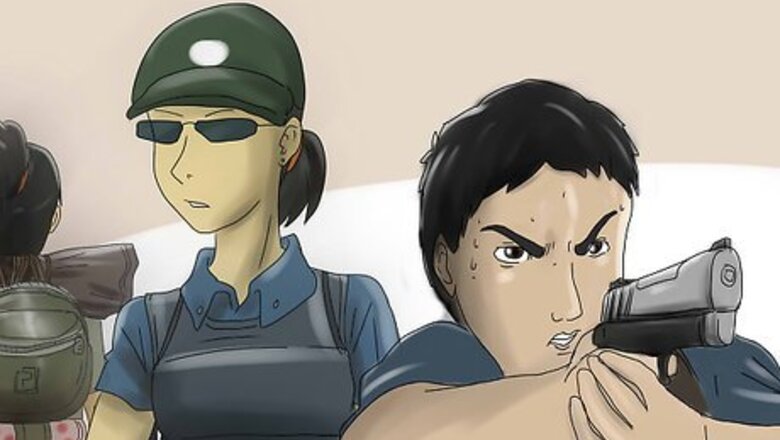
views
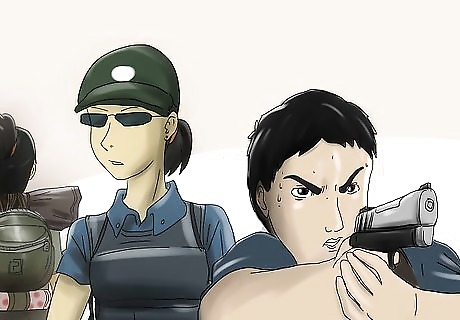
Write the base twist. This is the twist that tell you the main point: why this is a story worth telling. If you know what your story will be about, great! Just write 1-3 chapters and add a twist somewhere in there. If you don't know what to write about, look through books for inspiration before completing this step. EXAMPLES: A freak lightning storm destroys the city, the entire town is brought into a dystopian state, then someone dies in a freakish way, a war is started

Reveal the true base twist. After about a chapter after the base twist, make the reader realize that the originally introduced problem isn't the biggest problem the protagonist has to face.
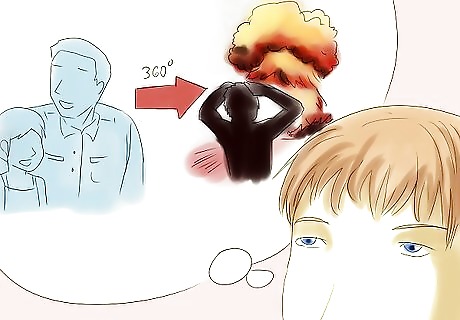
Make it get worse. Think about how it could get worse. What is the worst for the current scene? How can you deter the protagonist? How could you use a character's flaws and weaknesses against them? What can you do to a character important to the protagonist? How can you make the villain stronger? Can you introduce a new villain? Can you add a new, almost impossible task for the protagonist? Can you complete one of the villain's tasks?

Expose a liar. At lease one character has a personality that make you think, is that person who we think they are? Choose a character you think fits the bill, and twist it so you find out they've been lying, whether it has been to the protagonist, to the villain, or to everybody. You can also choose to make the protagonist be the liar.
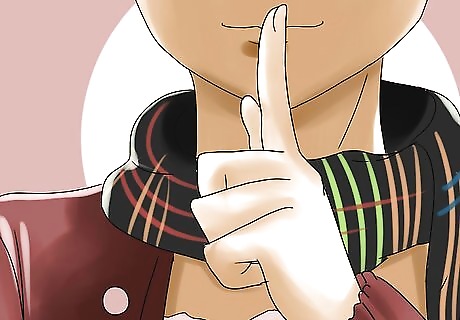
Let out a secret. If there is a piece of secret information crucial to the plot, let it out in a sudden, but effective way. First decide who it will be revealed to, the protagonist, the villain, or to everybody. Then, use this to decide how the secret got out. Was the secret keeper tortured or guiled, or something new? Try not to do the classic "they had a change of heart". This would rarely, or never, happen in real life.

Make it seem like everything is lost. The villain is stronger than ever, your only hope of protection is destroyed, the only one strong enough to face the villain is dead. What now? Well, now, when it seems like all is lost, pick it right back up again.

Make the protagonist lose. Not lose forever, but for the time being the villain has won. Keep the story going, though, possibly with some action involving a unique type of revenge on the villain.

Make the protagonist think they won. Eventually, they will win, but at the moment, make the them only think they won and then, later in the story, realize they actually didn't.
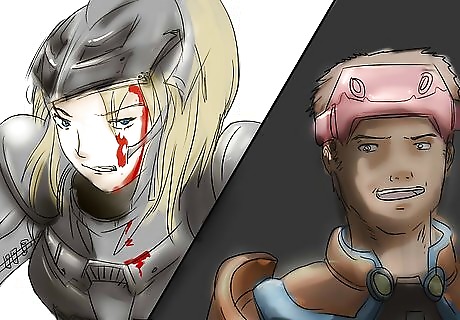
Create an unfolding problem right after the protagonist wins. Make them realize they didn't defeat the villain forever, that the villain was only pretending to lose, or even that there was a "deputy" waiting to take the place of the villain after their downfall.
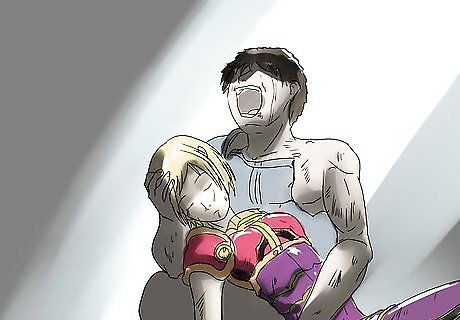
Make the protagonist win and lose. This is hard, but sacrifice always is fun to add in when it comes to victory.

Make sure the villain knows more than the protagonist. If the protagonist knows everything, knowledge is their weapon. If the villain knows everything, knowledge is their weapon. And, as you probably know, everything is more fun to read when the villain has a weapon the protagonist needs.
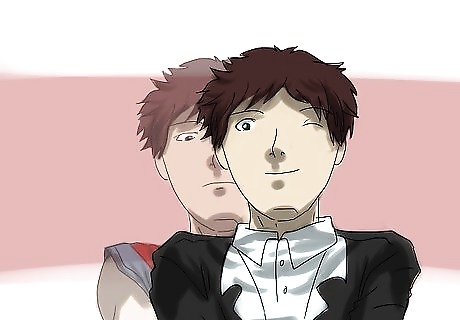
Make a character some other character too. We all expect a character to have one true identity. So, when you find out that a character is somebody else besides who you think they are, everything is more exciting.
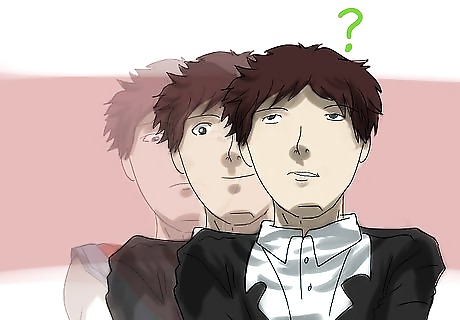
Make the character some other character, but not know it. Since there's always a double-identity character, make it exciting. Along with the double-identity character, make a d-i character that doesn't know they are somebody else.
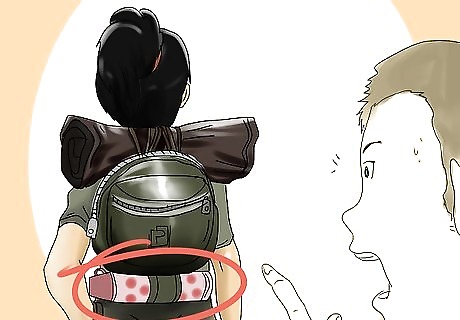
The character actually does have what they need. Whether it's the villain or the protagonist, make sure at least one character finds out that they have the thing they've been so desperately searching for for the last 5 chapters.

Make the readers know things the characters don't know. Making this information revealed in a "little did they know" type fashion make the reader always on the edge of their seat.
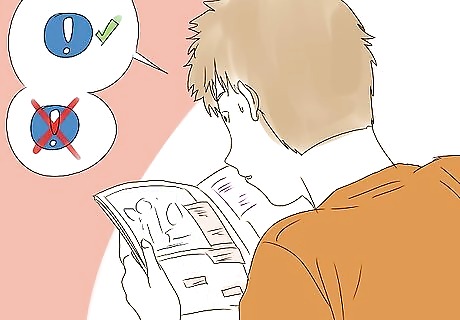
Make the readers know something that the characters don't know, but what the readers know is false. So, the reader thinks they're all in the know with their special piece of crucial-but-secret information, and then they find out it was all false and the true information is still secret. This always throws the reader for a loop.

Switch things up. Someone rich is poor. Someone poor is rich. Someone weak gains power. Someone Powerful becomes weak. A good guy is bad. A bad guy is good. Make sure there is always something switching in a way that is crazy but not confusing.
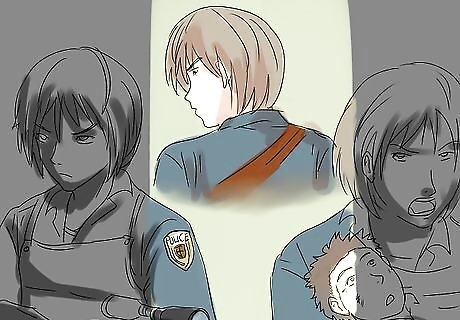
Create a few middle-ground characters. At first they are introduced as a villain, but over the course of the book you learn that they actually aren't evil, but they aren't good either. You can also do this by introducing a character as good and then revealing that they aren't good or evil, but in the middle. This leaves your reader never knowing what the character might do next.
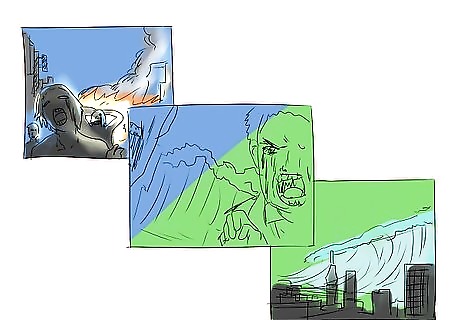
Add a subplot. This is kind of a side story that goes along with the story your reader thought was the only story. Eventually, the plot and the subplot collide, combine, and sometimes switch. Switching would make the plot the subplot, and the subplot the main plot. The other option is to just combine them, which adds new characters, new problems, new villains, new information, and new weapons.
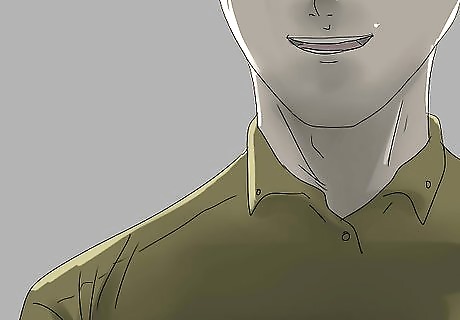
Don't let them trust the narrator at all. Let the reader believe that everything on the page is true and then, after dropping subtle hints, you find that everything you've been told is wrong, and that the narrator is telling their own version of the story.

Make a character invincible, or at least seem that way. That character should probably be really good or really evil.
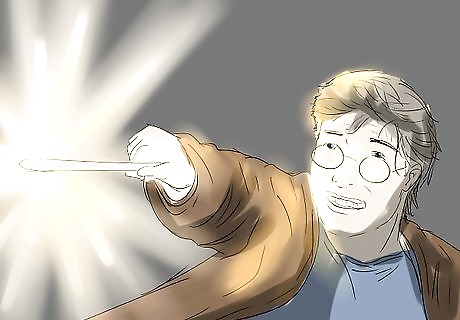
Make the villain and the protagonist have matched powers. Like in Harry Potter, this usually creates the feeling of, one ounce of power and one is going to win. Since it creates that feeling, give the villain that one ounce of power and then twist it so there is still a glimmer of hope for the protagonist.
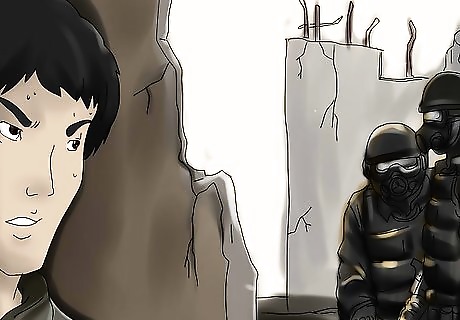
Fix all of the problems early in the story, and make that a problem of it's own. So, the war is over, the guns have stopped firing, and, well, only 4 people are still alive. Something like that created a problem within an answer, which is always fun.

Try an unexpected killing. When a character seems to be on good terms with everybody, kill them. When a character seems well protected, kill them. No body likes a protected, everybody-wins character.












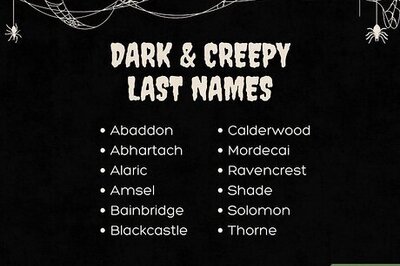



Comments
0 comment